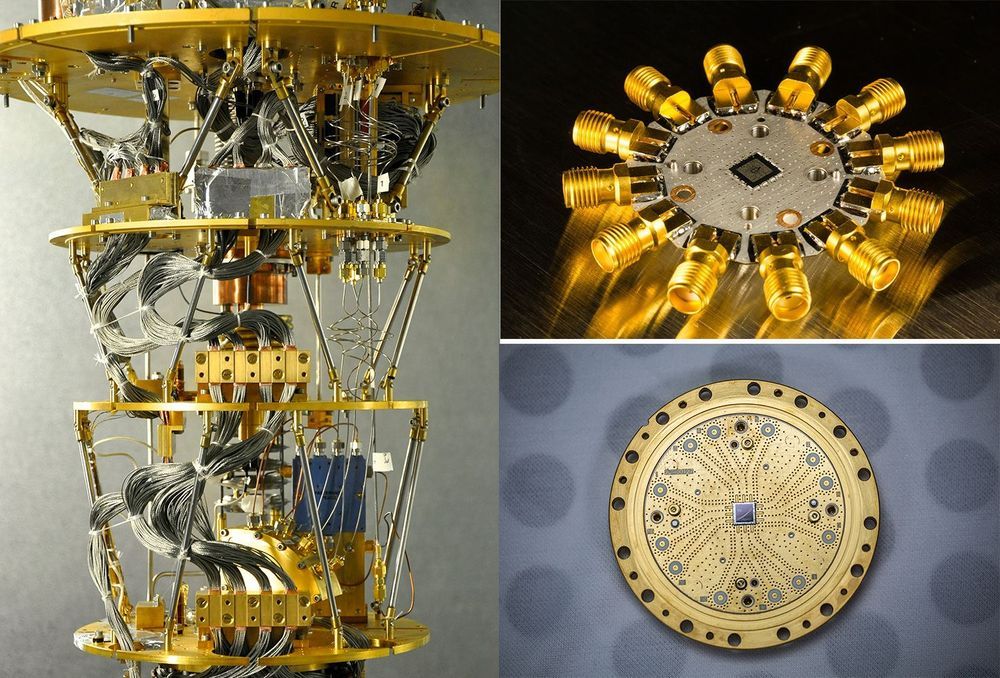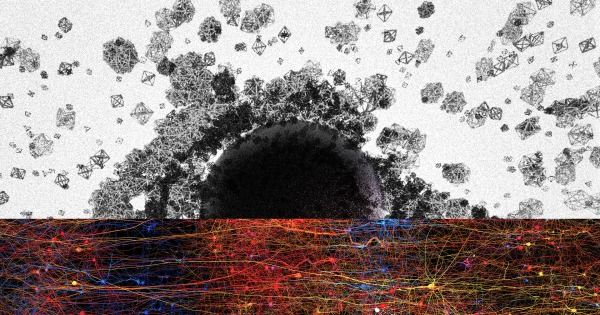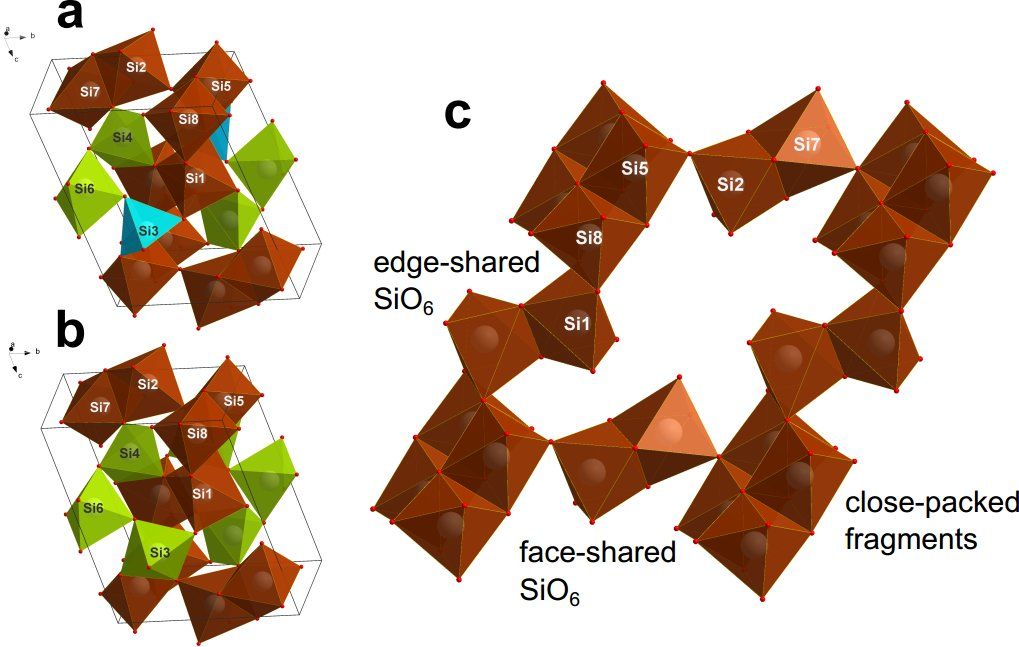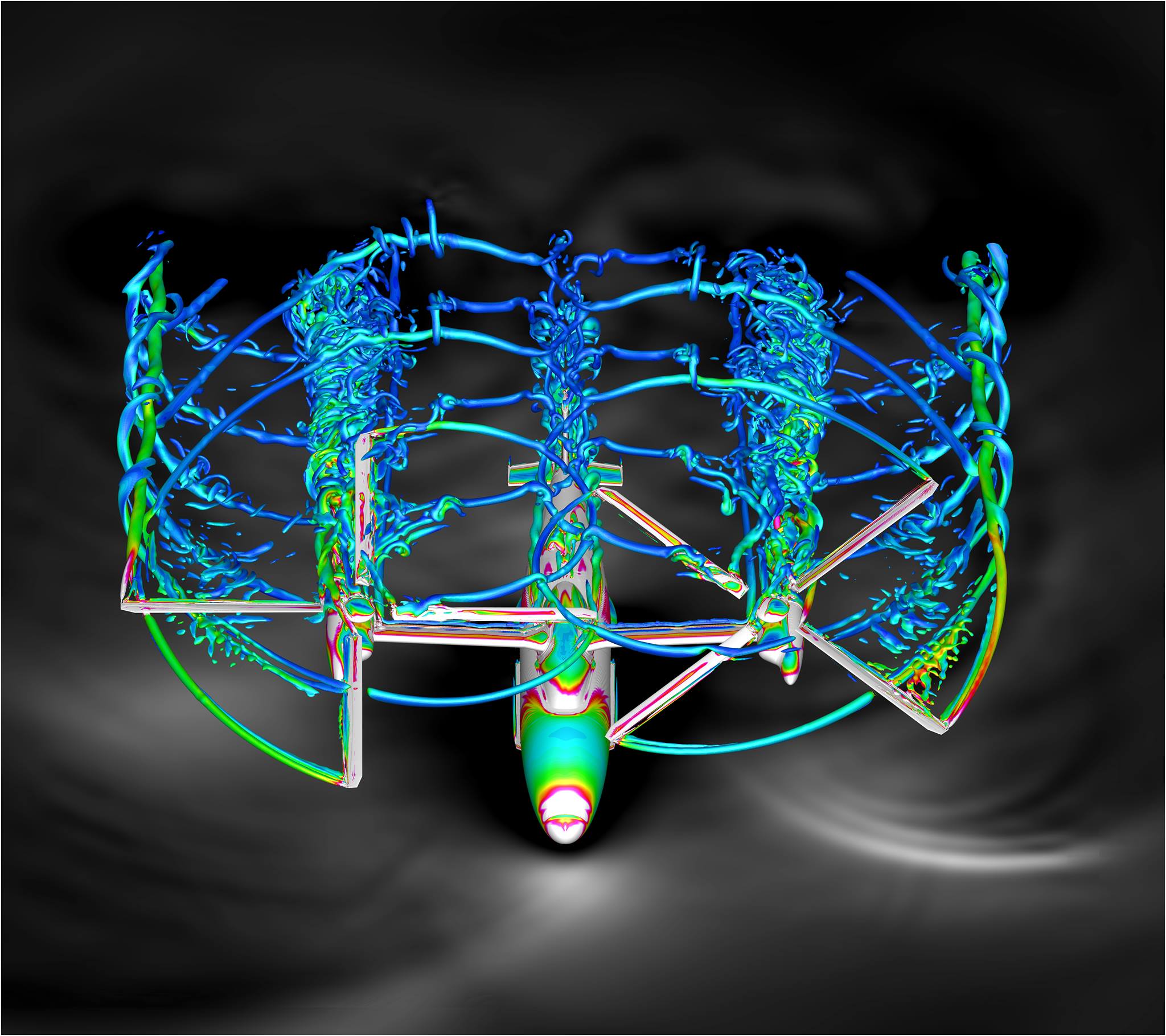Archive for the ‘supercomputing’ category: Page 71
Jan 26, 2019
Big Pharma’s Drug Studies Are Getting a NASA-Style Makeover
Posted by Derick Lee in categories: biotech/medical, supercomputing, surveillance
Trying to streamline an operation that spends more than $5 billion a year on developing new drugs, Novartis dispatched teams to jetmaker Boeing Co. and Swissgrid AG, a power company, to observe how they use technology-laden crisis centers to prevent failures and blackouts. That led to the design of something that looks like the pharma version of NASA’s Mission Control: a global surveillance hub where supercomputers map and chart Novartis’s network of 500 drug studies in 70 countries, trying to predict potential problems on a minute-by-minute basis.
A third of development costs comes from clinical trials. Novartis wants to make them cheaper and faster.
Jan 19, 2019
Why it is dangerous to build ever larger big bang machines
Posted by LHC Kritik in categories: alien life, astronomy, cosmology, energy, engineering, ethics, existential risks, general relativity, governance, gravity, innovation, law, nuclear energy, nuclear weapons, particle physics, philosophy, physics, policy, quantum physics, science, scientific freedom, security, singularity, space travel, supercomputing, theory, time travel
CERN has revealed plans for a gigantic successor of the giant atom smasher LHC, the biggest machine ever built. Particle physicists will never stop to ask for ever larger big bang machines. But where are the limits for the ordinary society concerning costs and existential risks?

CERN boffins are already conducting a mega experiment at the LHC, a 27km circular particle collider, at the cost of several billion Euros to study conditions of matter as it existed fractions of a second after the big bang and to find the smallest particle possible – but the question is how could they ever know? Now, they pretend to be a little bit upset because they could not find any particles beyond the standard model, which means something they would not expect. To achieve that, particle physicists would like to build an even larger “Future Circular Collider” (FCC) near Geneva, where CERN enjoys extraterritorial status, with a ring of 100km – for about 24 billion Euros.
Experts point out that this research could be as limitless as the universe itself. The UK’s former Chief Scientific Advisor, Prof Sir David King told BBC: “We have to draw a line somewhere otherwise we end up with a collider that is so large that it goes around the equator. And if it doesn’t end there perhaps there will be a request for one that goes to the Moon and back.”
“There is always going to be more deep physics to be conducted with larger and larger colliders. My question is to what extent will the knowledge that we already have be extended to benefit humanity?”
Continue reading “Why it is dangerous to build ever larger big bang machines” »
Jan 10, 2019
Scientists Discover That Our Brains Can Process the World in 11 Dimensions
Posted by Genevieve Klien in categories: neuroscience, supercomputing
Neuroscientists have used a classic branch of maths in a totally new way to peer into the structure of our brains. What they’ve discovered is that the brain is full of multi-dimensional geometrical structures operating in as many as 11 dimensions.
We’re used to thinking of the world from a 3D perspective, so this may sound a bit tricky, but the results of this new study could be the next major step in understanding the fabric of the human brain – the most complex structure we know of.
This latest brain model was produced by a team of researchers from the Blue Brain Project, a Swiss research initiative devoted to building a supercomputer-powered reconstruction of the human brain.
Continue reading “Scientists Discover That Our Brains Can Process the World in 11 Dimensions” »
Jan 2, 2019
Cosmic Ray Showers Crash Supercomputers. Here’s What to Do About It
Posted by Genevieve Klien in categories: military, particle physics, space, supercomputing
The Cray-1 supercomputer, the world’s fastest back in the 1970s, does not look like a supercomputer. It looks like a mod version of that carnival ride The Round Up, the one where you stand, strapped in, as it dizzies you up. It’s surrounded by a padded bench that conceals its power supplies, like a cake donut, if the hole was capable of providing insights about nuclear weapons.
After Seymour Cray first built this computer, he gave Los Alamos National Laboratory a six-month free trial. But during that half-year, a funny thing happened: The computer experienced 152 unattributable memory errors. Later, researchers would learn that cosmic-ray neutrons can slam into processor parts, corrupting their data. The higher you are, and the bigger your computers, the more significant a problem this is. And Los Alamos—7,300 feet up and home to some of the world’s swankiest processors—is a prime target.
The world has changed a lot since then, and so have computers. But space has not. And so Los Alamos has had to adapt—having its engineers account for space particles in its hard- and software. “This is not really a problem we’re having,” explains Nathan DeBardeleben of the High Performance Computing Design group. “It’s a problem we’re keeping at bay.”
Continue reading “Cosmic Ray Showers Crash Supercomputers. Here’s What to Do About It” »
Dec 23, 2018
President Trump has signed a $1.2 billion law to boost US quantum tech
Posted by Shane Hinshaw in categories: government, law, quantum physics, supercomputing
This new law was signed just as a partial US government shutdown began.
The new National Quantum Initiative Act will give America a national masterplan for advancing quantum technologies.
The news: The US president just signed into law a bill that commits the government to providing $1.2 billion to fund activities promoting quantum information science over an initial five-year period. The new law, which was signed just as a partial US government shutdown began, will provide a significant boost to research, and to efforts to develop a future quantum workforce in the country.
Continue reading “President Trump has signed a $1.2 billion law to boost US quantum tech” »
Dec 12, 2018
Silica paradox: Scientists discover seemingly ‘impossible’ material
Posted by Xavier Rosseel in categories: chemistry, physics, supercomputing
An international team of physicists and materials scientists from NUST MISIS, Bayerisches Geoinstitut (Germany), Linkoping University (Sweden), and the California Institute of Technology (U.S.) has discovered an “impossible” modification of silica-coesite-IV and coasite-V materials, which seems to defy the generally accepted rules for the formation of chemical bonds in inorganic materials formulated by Linus Pauling, who won the 1954 Nobel Prize in Chemistry for that discovery. The research results were published in Nature Communications on November 15th, 2018.
According to Pauling’s rules, the fragments of the atomic lattice in inorganic materials are connected by vertices, because bonding by faces is the most energy-intensive way to form a chemical connection. Therefore, it does not exist in nature. However, scientists have proved, both experimentally and theoretically, using NUST MISIS’ supercomputer, that it is possible to form such a connections if the materials are at ultra-high pressure conditions. The obtained results show that fundamentally new classes of materials exist at extreme conditions.
“In our work, we have synthesized and described metastable phases of high-pressure silica: coesite-IV and coesite-V. Their crystal structures are drastically different from any of the earlier described models,” says Igor Abrikosov, leader of the theoretical research team. “Two newly discovered coesites contain octahedrons SiO6, that, contrary to Pauling’s rule, are connected through common face, which is the most energy-intensive chemical connection. Our results show that the possible silicate magmas in the lower mantle of the Earth can have complex structures, which makes these magmas more compressible than predicted before.”
Continue reading “Silica paradox: Scientists discover seemingly ‘impossible’ material” »
Nov 29, 2018
Chaos Makes the Multiverse Unnecessary
Posted by Xavier Rosseel in categories: alien life, mathematics, supercomputing
Scientists look around the universe and see amazing structure. There are objects and processes of fantastic complexity. Every action in our universe follows exact laws of nature that are perfectly expressed in a mathematical language. These laws of nature appear fine-tuned to bring about life, and in particular, intelligent life. What exactly are these laws of nature and how do we find them?
The universe is so structured and orderly that we compare it to the most complicated and exact contraptions of the age. In the 18th and 19th centuries, the universe was compared to a perfectly working clock or watch. Philosophers then discussed the Watchmaker. In the 20th and 21st centuries, the most complicated object is a computer. The universe is compared to a perfectly working supercomputer. Researchers ask how this computer got its programming.
How does one explain all this structure? Why do the laws seem so perfect for producing life and why are they expressed in such exact mathematical language? Is the universe really as structured as it seems?
Nov 18, 2018
Imagine avoiding ground traffic and riding in one of these air taxis
Posted by Michael Lance in categories: robotics/AI, supercomputing, transportation
NASA engineers are using some of the most powerful supercomputers in the world to design rotary wing vehicles that combine both piloted and autonomous operations. Urban Air Mobility is a safe and efficient system that can transport a small number of passengers and cargo, without the need for long runways. Check it out: https://go.nasa.gov/2FvGPfH
Nov 15, 2018
The Two Fastest Supercomputers on Earth Belong to the US
Posted by Shailesh Prasad in category: supercomputing
The U.S. is now home to the two fastest supercomputers in the world, according to a newly released ranking of the top 500 systems.
















